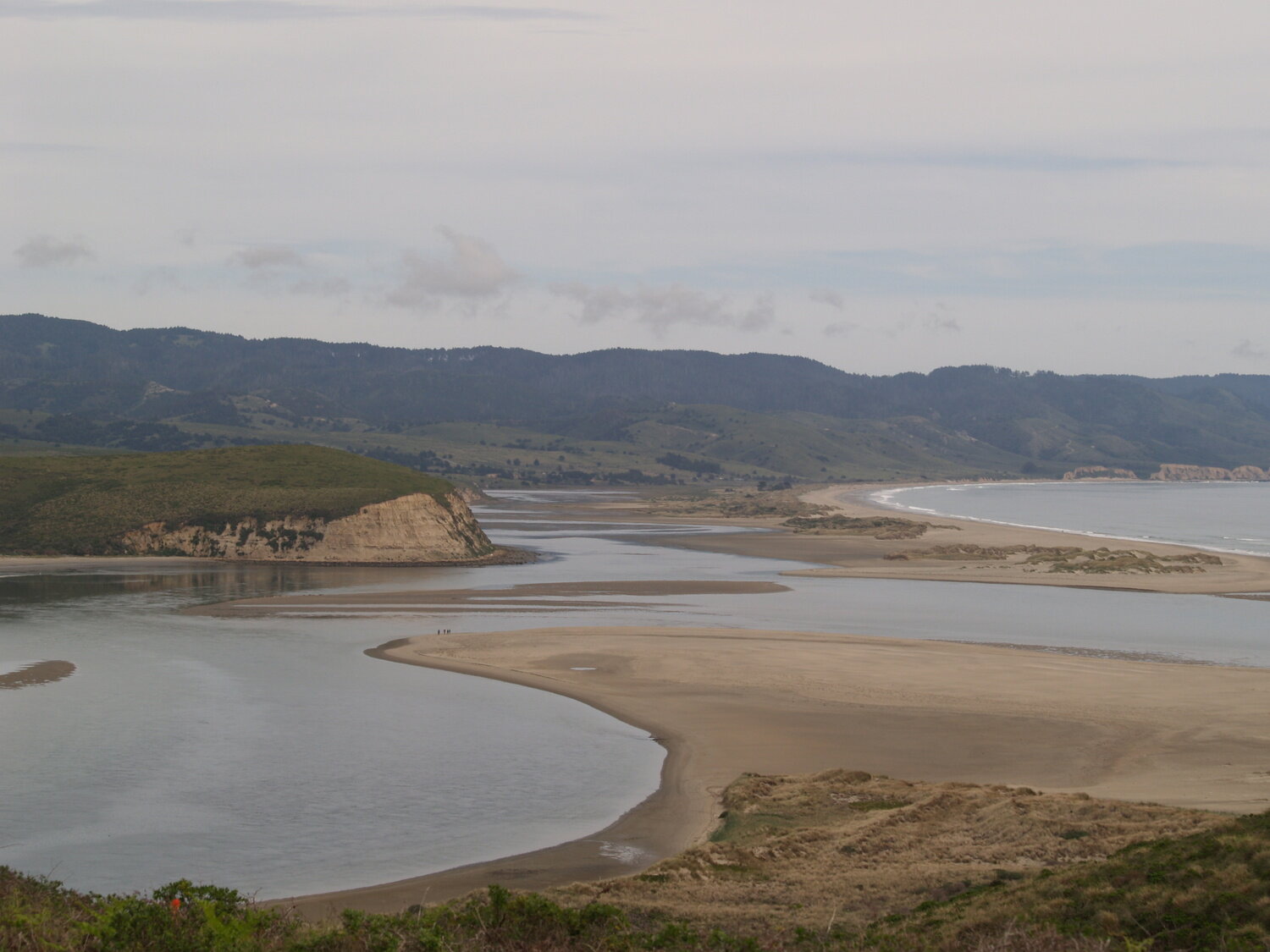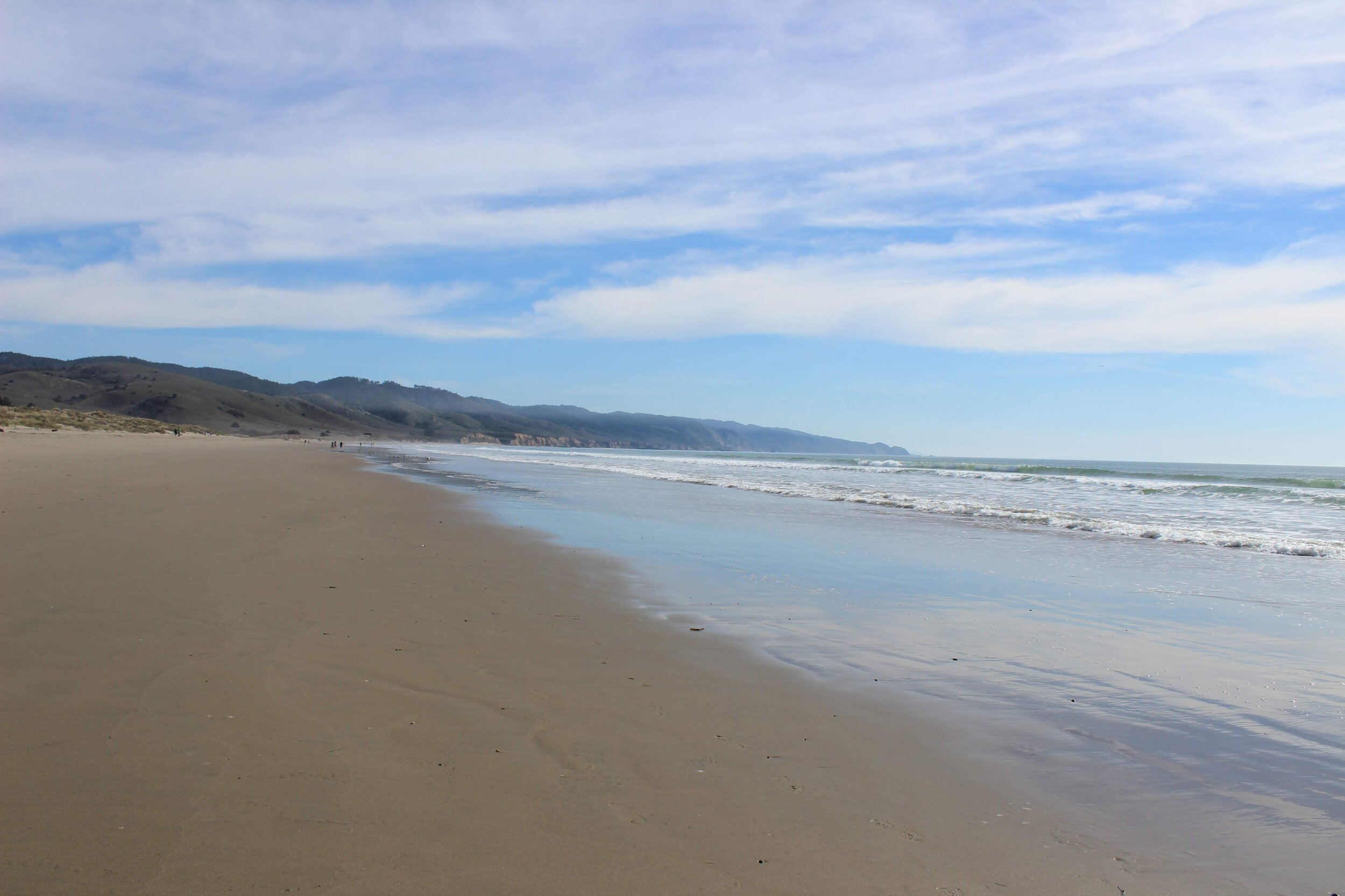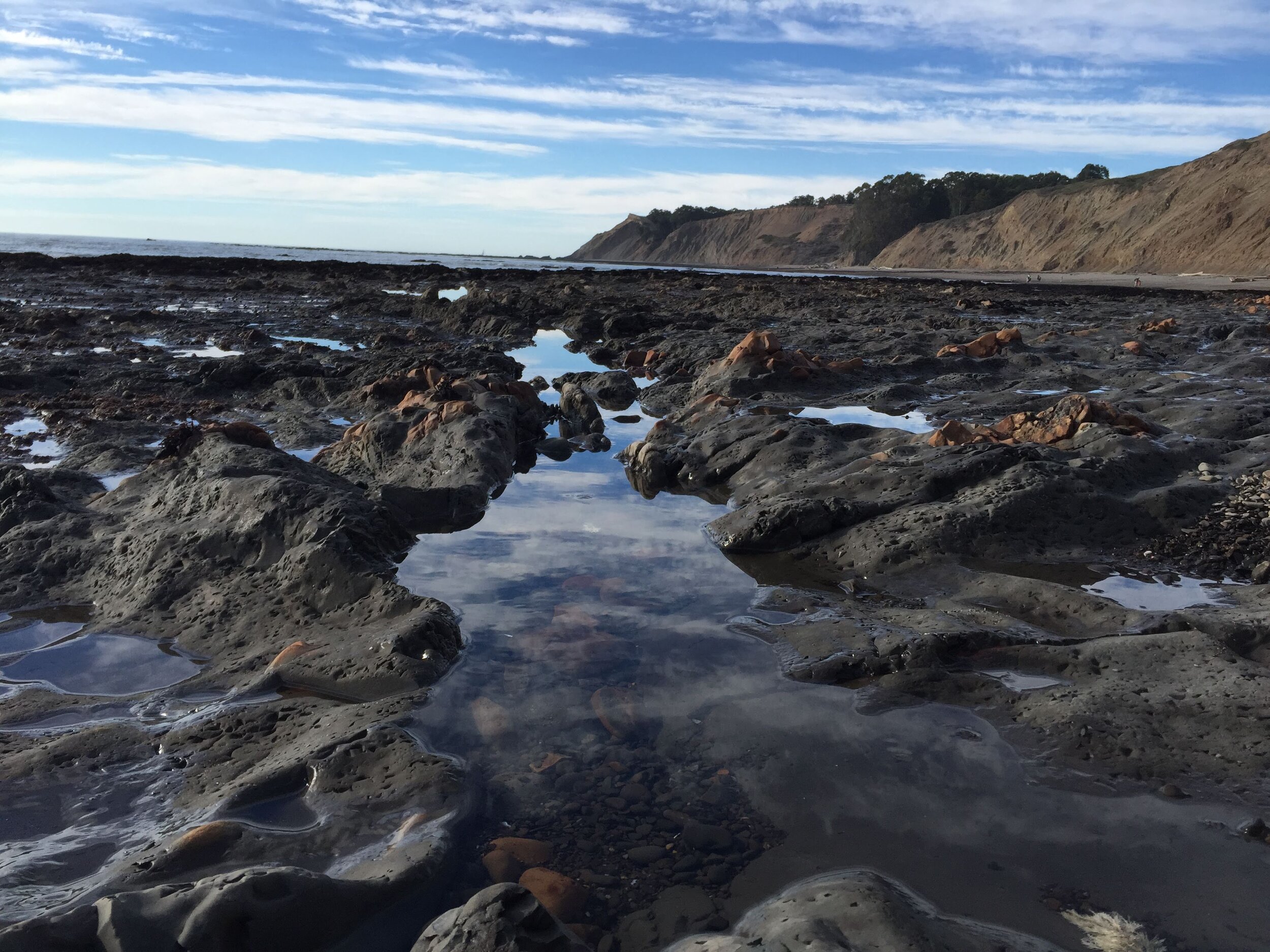Just as parks on land protect special lands and wildlife from over development and hunting, these underwater parks preserve California's stunning marine ecosystems for future generations to observe and enjoy.
California's coast and ocean are among our most treasured resources. The productivity, wildness, and beauty found here is central to California's identity, heritage, and economy.
The need to safeguard the long-term health of California's marine life was recognized by the California Legislature in 1999 with the passage of the Marine Life Protection Act. This Act aims to protect California’s marine natural heritage through establishing a statewide network of marine protected areas (MPAs) designed, created, and managed using sound science and stakeholder input.
MPAs protect the diversity and abundance of marine life, the habitats they depend on, and the integrity of marine ecosystems. The Marine Life Protection Act recognizes that a combination of MPAs (marine reserves, conservation areas, and parks) with varied amounts of allowed activities and protections can help conserve biological diversity, provide a sanctuary for marine life, and enhance recreational and educational opportunities. MPAs can also provide scientific reference points to assist with resource management decisions, and protect a variety of marine habitats, communities, and ecosystems for their economic and intrinsic value, for generations
Our Marin MPA Watch volunteers help to protect our MPAs in California by learning about the coastal environment, becoming "community scientists" and coastal stewards, and collect monitoring data on human uses to inform management decisions that would not be possible under the current state budget.
Marin County is home to nine (9) California MPAs and two (2) State Marine Parks along our coastline and within San Francisco Bay.
MPAs Currently Monitored by Marin MPA Watch
Estero de Limantour, State Marine Reserve
Permitted/Prohibited Uses: It is unlawful to injure, damage, take, or possess any living, geological, or cultural marine resource. Download Map
Limantour Beach, Control Monitoring Site
Duxbury Reef, State Marine Conservation Area
Permitted/Prohibited Uses: It is unlawful to injure, damage, take, or possess any living, geological, or cultural marine resource for recreational and/or commercial purposes, with the following specified exceptions: The recreational take of finfish from shore and abalone is allowed. Download Map
Drakes Beach, Point Reyes State Marine Reserve
Permitted/Prohibited Uses: It is unlawful to injure, damage, take, or possess any living, geological, or cultural marine resource. Download Map
Point Reyes Headlands, Special Closure
Permitted/Prohibited Uses: No person except Department employees or employees of the United States Fish and Wildlife Service, National Park Service, or United States Coast Guard, in performing their official duties, or unless permission is granted by the Department, shall enter this area at any time. Download Map
Corte Madera Marsh, State Marine Park
Permitted/Prohibited Uses: It is unlawful to injure, damage, take, or possess any living or non-living marine resource for commercial purposes. Any human use that would compromise protection of the species of interest, natural community or habitat, or geological, cultural, or recreational features, may be restricted, with the following specified exceptions:The recreational hook-and-line take of species other than marine aquatic plants from shore only is allowed. Only lightweight, hand-carried boats may be launched or operated within the park. Swimming, wading, and diving are prohibited within the park. Download Map
Resources & Information
The MPA Watch program is implemented by organizations throughout California. Learn more about MPA Watch programs close to you.
The Marin MPA Watch is managed by the Environmental Action Committee of West Marin (EAC), and in collaboration with the California Academy of Sciences, and Point Reyes National Seashore.
To learn how you can volunteer with the Marin MPA Watch, click here.












